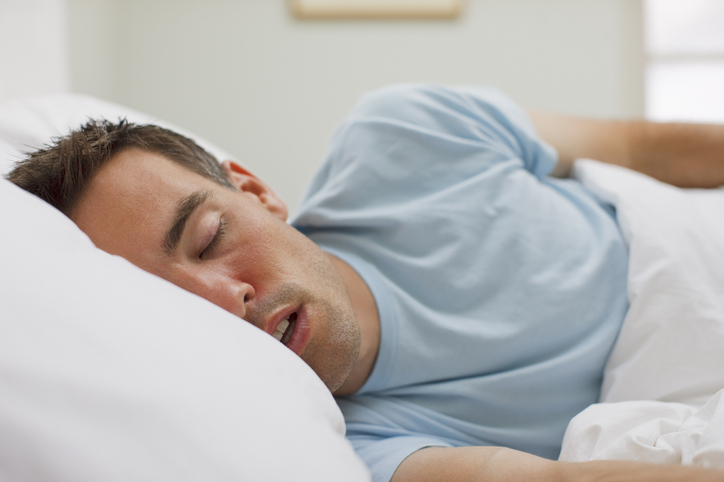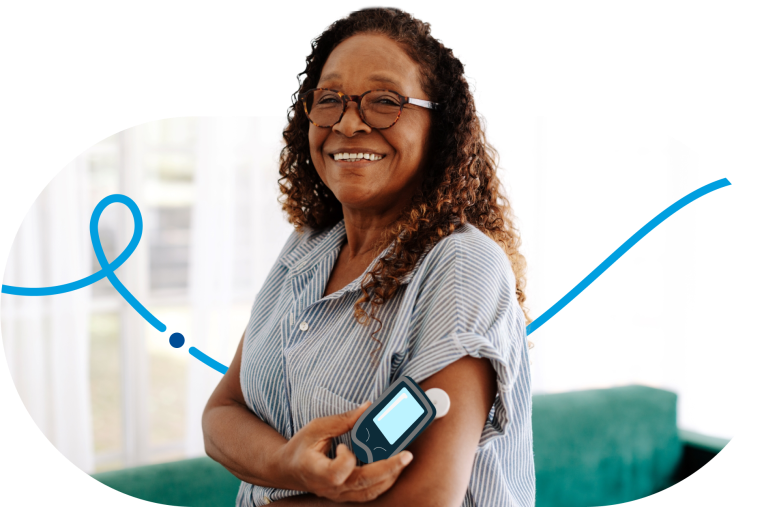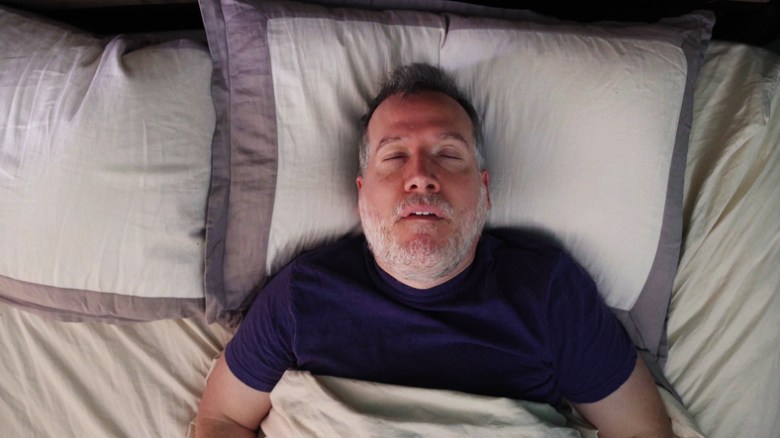Recognizing and Treating Sleep Apnea



Sleep apnea is more than just loud snoring. A person literally stops breathing while asleep. The tongue or other soft tissues collapse and completely obstruct the airway. At other times, the airway is only partially obstructed and breathing is very shallow. Either way, oxygen levels drop. Throat muscles contract as the person struggles to breathe. He gasps or lets out a snort as air rushes down the now-open throat. Oxygen levels return to normal and the person falls back asleep.
This cycle can be repeated dozens of times each hour. Snorting and snoring become such a routine, most people have no memory of their spasmic breathing cycle. Others may remember a restless night or a sudden awakening.
Snoring is a sign.
If you sleep alone, you probably won’t know you have apnea until symptoms develop, which can take a while. If someone has complained that your snoring sounds like a jackhammer, suspect apnea. Not all snorers have sleep apnea, but more than half of all heavy snorers do.
Recognize the symptoms.
Symptoms may be vague and subtle. You may feel tired and sleepy during the day even after a full night’s sleep. Other symptoms might include morning headaches, irritability, memory difficulties and difficulty concentrating. Many sufferers report depression, impotence or loss of sex drive.
Know the risk factors.
There are several risk factors for sleep apnea:
- Age and gender: Obstructive sleep apnea is most common in middle age and more likely to strike men than women. “In men 30 to 60 years old, it’s as common as asthma and diabetes,” says Richard Millman, M.D., director of the Sleep Disorders Center of Lifespan Hospitals.
- Neck size: One big risk factor appears to be body fat. Sixty percent of people with sleep apnea are overweight. But it’s not the poundage, but the neck size that counts. Men with a neck circumference of 17 inches or larger (16 inches for women) are more likely to have their airway collapse while sleeping. So is someone with a double chin or a lot of fat at the waist.
- Genetics: There may be a genetic link as well. Snoring does run in families, and relatives of those affected with apnea tend to be more likely to have apnea and have shallow breathing.
Understand why it’s dangerous.
When you stop breathing, your body experiences a fight-or-flight response: adrenaline is released and blood pressure shoots up. After repeated bursts of nighttime high blood pressure, hypertension may persist during the day. With each apneic episode, the heart has to work harder. That’s because there’s less oxygen flowing to the heart. The worry is that apnea may increase the risk of heart attack, stroke and heart rhythm disturbances.
“If someone has severe apnea and coronary artery disease, the stress of apnea could be equivalent to shoveling heavy snow,” says Millman. That’s because low oxygen levels compound the problem of reduced blood supply to the heart. A non-obese person with apnea who doesn’t have heart disease wouldn’t have an increased heart disease risk as long as he didn’t have high blood pressure.
Here’s how a diagnosis is made.
If you think you or your partner may have apnea, talk to your doctor. He or she should refer you to a pulmonary specialist or ear, nose and throat doctor. Make sure the person specializes in sleep disorders and sleep apnea. During the exam, your nose, throat and jaw will be examined. You and your mate will be asked about snoring history, gasping or snorting, sleep habits, daytime tiredness or falling asleep in front of the TV.
The only sure way to make a diagnosis, however, and determine severity is to spend a night or two in a sleep lab for a polysomnography exam. Technicians monitor blood oxygen levels, heart rate, temperature, brain waves and the number of times breathing stops.
Polysomnography in a lab is expensive (about $2,000), but it’s often covered by insurance. There also are home monitoring devices at half the cost, but insurance carriers don’t always pay and they’re not as sensitive.
Lifestyle changes can help.
Simple lifestyle changes may help you decrease loud snoring. Avoid alcohol after dinner and stay away from tranquilizers, which relax throat muscle tone, depress breathing and make apnea more likely. Millman suggests people with stuffy noses use a decongestant or nasal strips to open the nasal passage. Some people with apnea improve by sleeping on their sides and stomachs, rather than their backs. That’s because the tongue falls back when a person lies on his back. A classic technique is to stuff a tennis ball into a sock and clip it to the back of your nightshirt so you don’t roll onto your back.
If you smoke, quit. Smoking can swell throat tissues, increase mucus formation and worsen the low oxygen levels that accompany apnea. Losing weight can make apnea disappear in some people. Even a 10 percent weight loss could reduce the frequency of episodes. At this time, there are no pills that can treat sleep apnea.
Sometimes, more is needed.
Continuous positive air pressure (CPAP, pronounced see-pap) is the “gold standard” for treating sleep apnea. Patients wear a mask over their nose that delivers air under pressure to their lungs. The forced air keeps the airway open. As a result, the heart doesn’t have to work as hard, and blood pressure may drop to normal.
CPAP has to be worn every night for the rest of your life. The mask can be uncomfortable for some patients, and some get eye, nose or mouth irritations. Others complain it’s difficult to breathe out against the high air pressure.
Another alternative is an oral device that repositions your tongue and jaw to hold them forward, fitted by a dentist. It works because when you pull the jaw forward, the tongue moves forward as well. The problem is that there are 37 different types which look and operate differently, they can be costly, and your insurance company may not cover the expense.
Surgery to widen the airway is usually not done unless all other options have failed.
© Meredith Operations Corporation. All rights reserved. Used with permission.

















